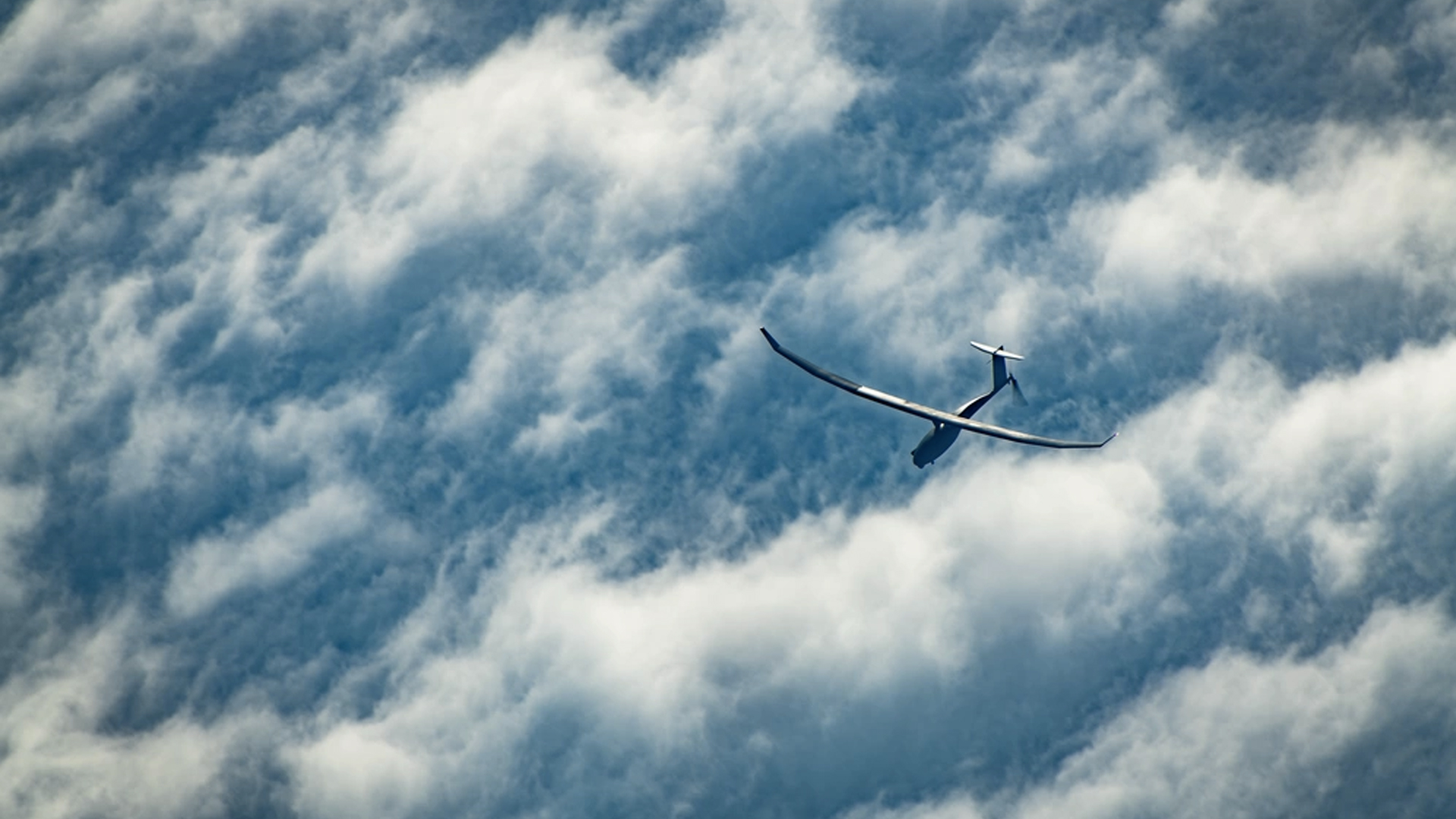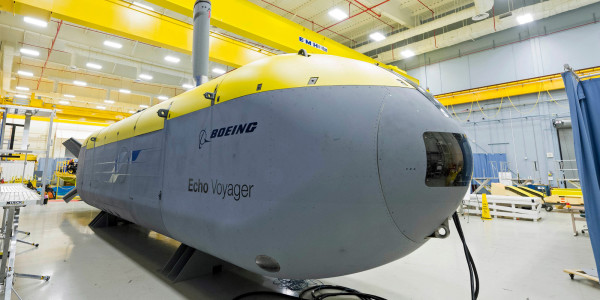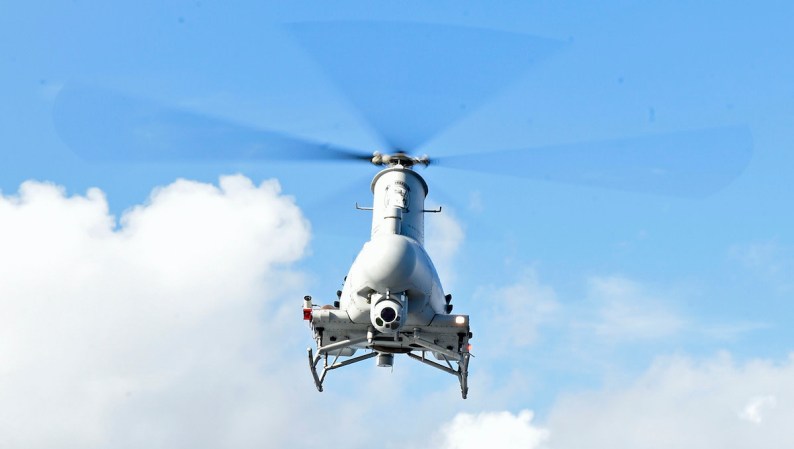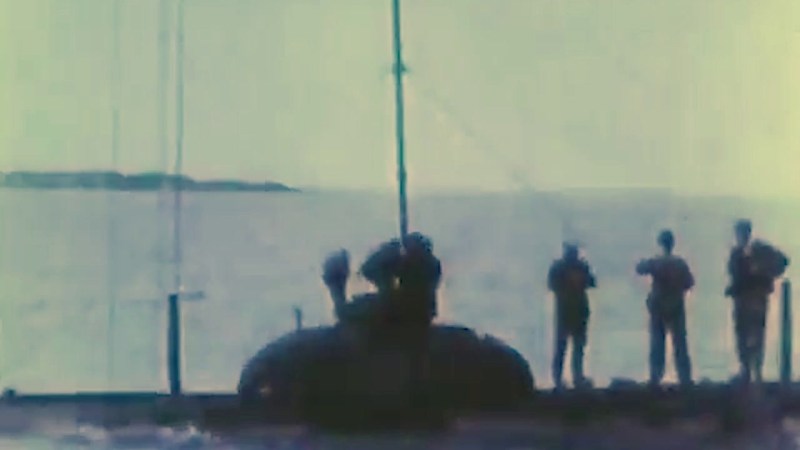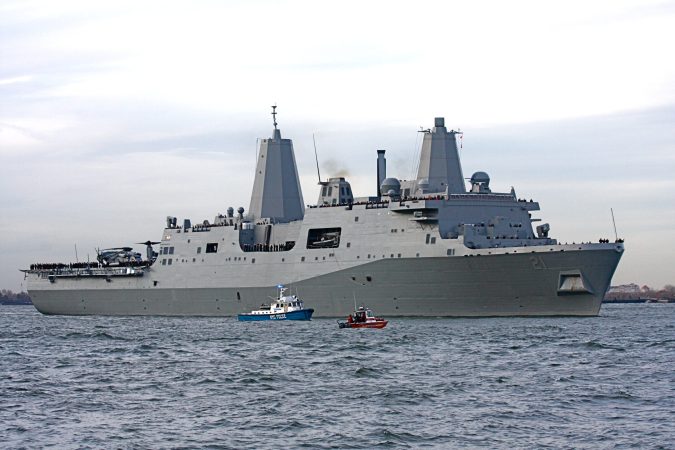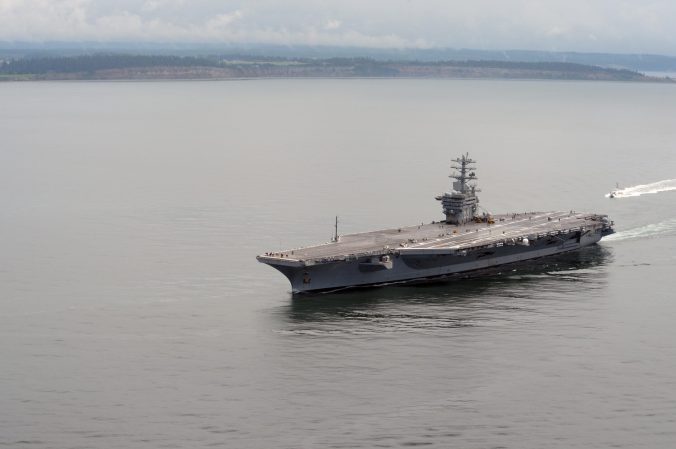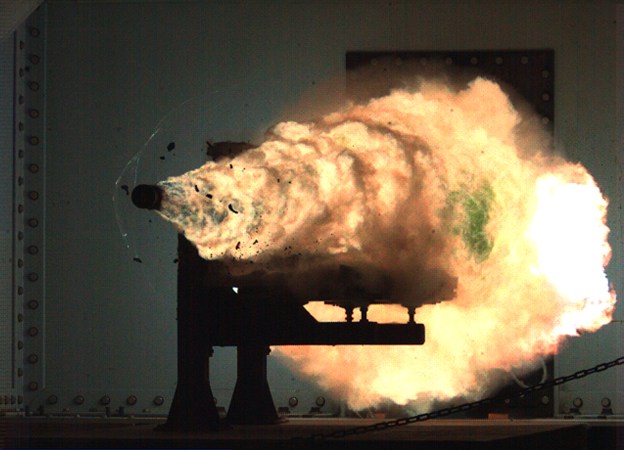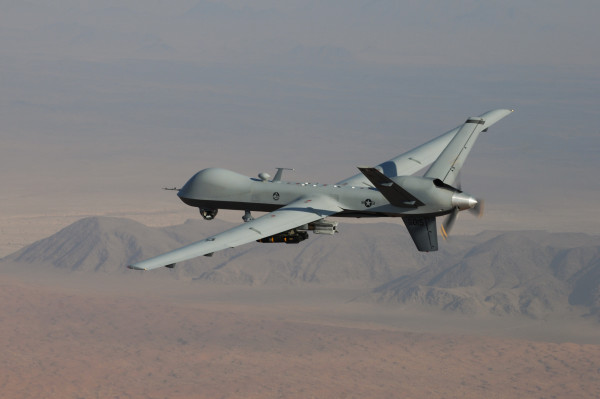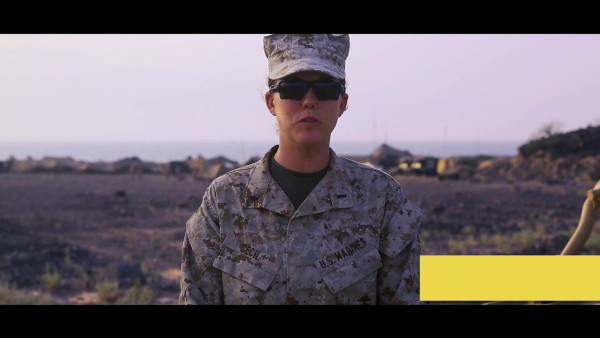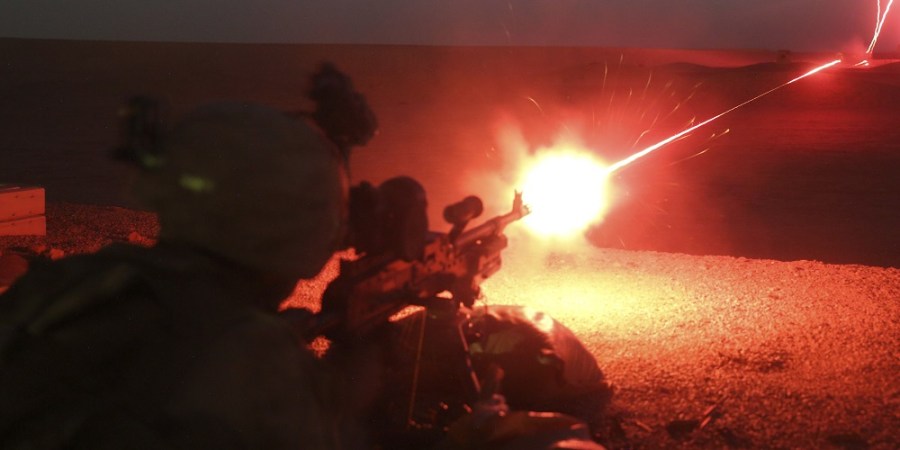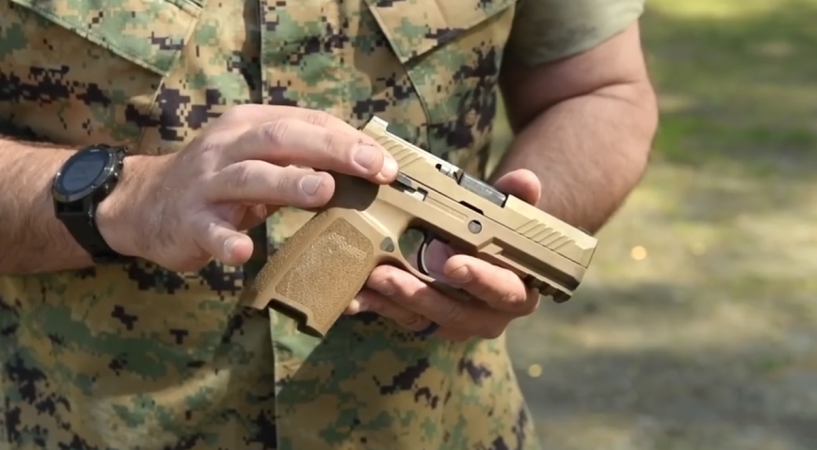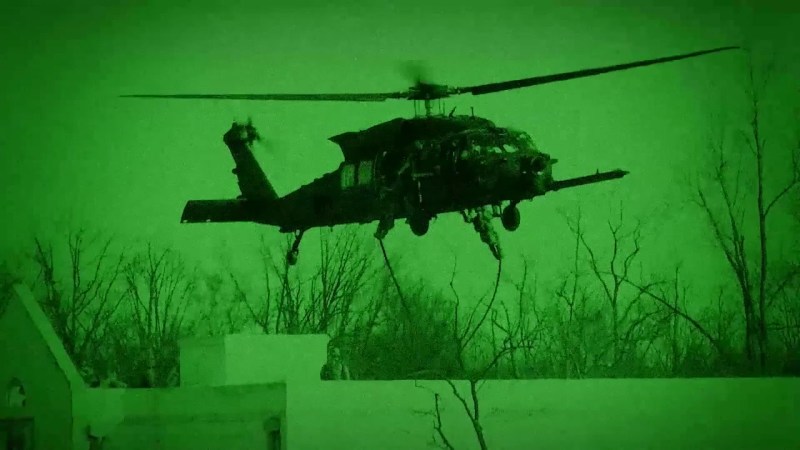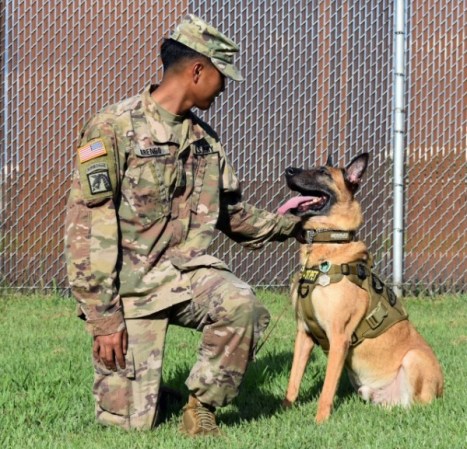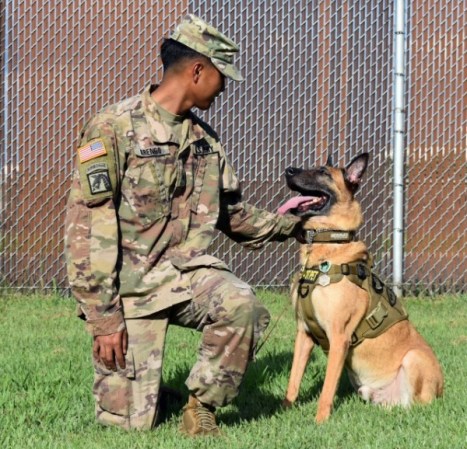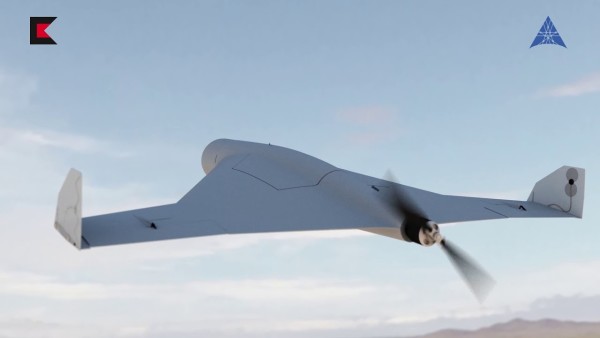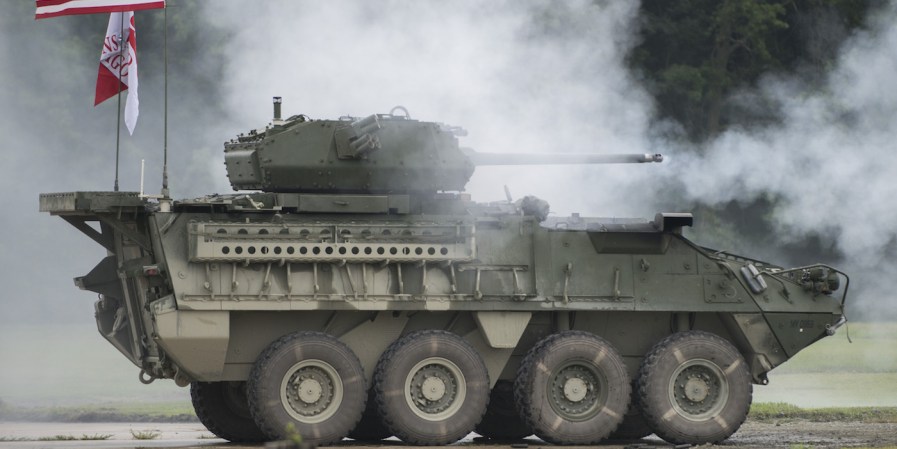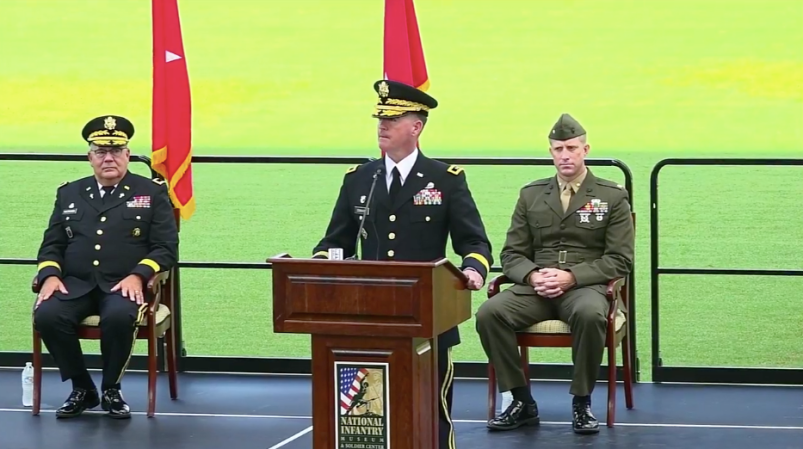When you need eyes in the sky, it helps when those eyes can stay in the sky for a very long time. That is one of the reasons why military commanders love the Air Force’s MQ-9 Reaper drone, which can provide intelligence, surveillance and reconnaissance over a war zone for up to 30 hours without refueling.
“We believe we have a genuine requirement for them … it gives us visibility and intelligence gathering capabilities that we might not otherwise have,” Marine Gen. Kenneth McKenzie, then-commander of U.S. Central Command, told Congress about Reapers in 2020.
Now imagine how much use McKenzie might have gotten out of a drone that stays airborne for nearly eight times as long as the Reaper. That seems to be the Navy’s goal in awarding a research contract to a small drone-making company that holds the world record for continuous unrefueled flight in its class of unmanned aerial vehicles.

The company, Platform Aerospace, makes an aircraft called Vanilla Unmanned, which set the record in October when it flew eight days, 50 minutes and 47 seconds over 12,200 miles of continuous flight. The Air Force was excited by the possibilities the drone offered.
“While the world record is exciting in and of itself, it is more important that we realize what this endurance ability means for our Joint Services who need persistent ISR [intelligence, surveillance, and reconnaissance] capabilities immediately,” Lt. Col. Adam Brooks, director of the Air Force’s Emerging Technologies Combined Test Force, said in a press release at the time.
Having a drone that can stay aloft for a week could be a game-changer in the ISR world. Greg Pappianou, Platform Aerospace’s chief growth officer, told Defense News last summer that commanders could launch a Vanilla Unmanned drone from Sigonella, Italy and get days of coverage across Africa, Europe and the Middle East. Alternatively, such a drone could take off from Guam and cover the Luzon Strait between the Philippines and Taiwan for five days in one sortie, a feat that would require 13 sorties and a lot more man-hours for America’s current drone fleet to perform, according to Defense News. That kind of range will be essential if a fight between China and the U.S. ever materializes across the vast Pacific Ocean, where the tyranny of distance really kicks in.
Besides long-endurance, Vanilla Unmanned also claims it can carry up to a 150-pound payload. That means it probably won’t carry many Hellfire missiles, each of which weighs about 100 pounds. Instead, it can carry a range of surveillance and communication equipment to give commanders a better view of the battlefield. The drone’s flight time decreases with every pound of payload it carries, but even at the maximum weight, it can still fly for several days. Best of all, the drone is cheap: less than $2 million per system, according to Defense News, compared to the MQ-9’s $72 million in today’s dollars.

Still, Vanilla Unmanned isn’t trying to compete with the MQ-9, which the Air Force hopes to retire by 2035. Instead, Pappianou hopes Vanilla will take over the “boring” missions so that commanders can use pricey drones for more delicate missions, Defense News wrote. “Boring” missions might include putting eyes on a target for days in a row, providing command and control over satellite communications and keeping an eye out for enemy submarines. That’s great, because airpower experts hope drones can play a vital role performing those missions over the Pacific and Arctic Oceans.
“The Reaper can be used in many new ways to include wide-area surveillance, air and missile defense, maritime and littoral operations, Arctic domain awareness, cruise missile defense of the homeland, and even defense support of civil authorities,” wrote retired Air Force Maj. Gen. Lawrence Stutzriem in a paper for the Mitchell Institute for Aerospace Studies that was published in November.
Subscribe to Task & Purpose Today. Get the latest in military news, entertainment, and gear in your inbox daily.
Based on the marketing, it sounds like Vanilla Unmanned could perform some of those missions even longer and at a lower cost than the Reaper. Besides being cheaper, the Vanilla drone also looks like something from a different universe. It features a 36-foot wingspan that curves up at the ends like the tips of an old-timey mustache. Hanging from the wings is a tadpole-shaped fuselage with a propeller at the back. A press release did not state the exact weight of the drone, but it is in the Department of Defense’s Group Three category, which is between 55 and 1,320 pounds. The Reaper, by comparison, is in Group Five at around 4,900 pounds empty. Unlike the Reaper, which requires a runway, Vanilla can be launched from the back of a truck going down an ordinary road. It lands like a glider, according to Platform Aerospace.

Platform Aerospace advertises three different load-outs for Vanilla Unmanned. The multi-mission heavy lift variant can fly up to three days while carrying up to 150 pounds. The ultra-long endurance set-up can fly up to 10 days and carry 30 pounds. There is also a vertical takeoff and landing version in development that can carry 50 pounds for 24 hours and has four rotors which allow it to take off and land from, say, the flight deck of an aircraft carrier.
That development might go a little easier now that Platform Aerospace has a minimum five-year Phase III Small Business Innovation Research contract from the Office of Naval Research. A press release did not state the monetary value of the contract. This SBIR is not the first time the project has received federal backing: Platform Aerospace has also won contracts from Naval Air Systems Command and the Air Force Research Laboratory.
Even if the Navy does not end up buying Vanilla aircraft, there are plenty of civilian agencies who want the same long-endurance coverage. Pappianou told Defense News that he’s been contacted by the Department of Homeland Security, the Federal Emergency Management Agency, the Department of the Interior, the State Department, and private companies.
When it comes to the long-run, ultra-long flights seem to be the way to go.
The latest on Task & Purpose
- Russian troops are proving that cell phones in war zones are a very bad idea
- Air Force disciplines C-130 crew for ‘unplanned’ landing to pick up motorcycle in Martha’s Vineyard
- Commandant walks back possibility of Marines skipping boot camp
- Air Force pilots explain why the F-22 Raptor is a ‘beast’ in aerial combat
- Sailors from my old ship are dying by suicide. I may know why
Want to write for Task & Purpose? Click here. Or check out the latest stories on our homepage.

